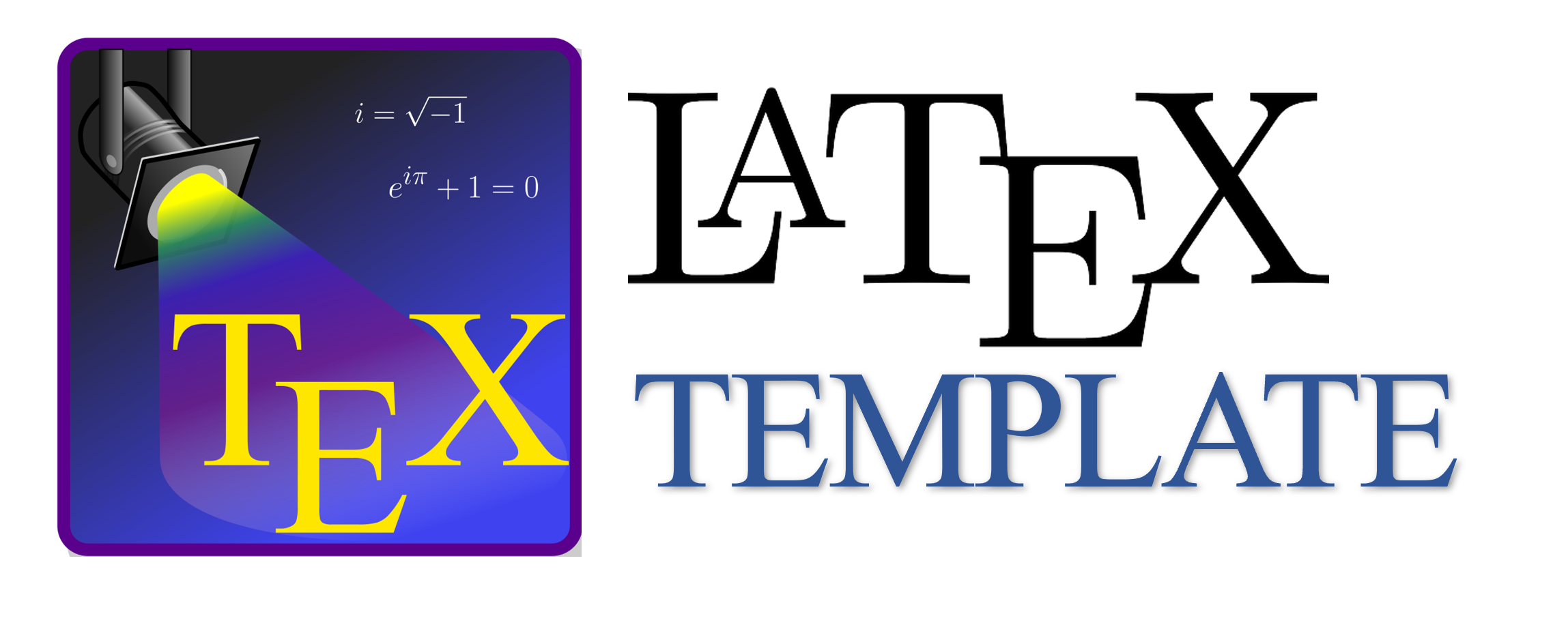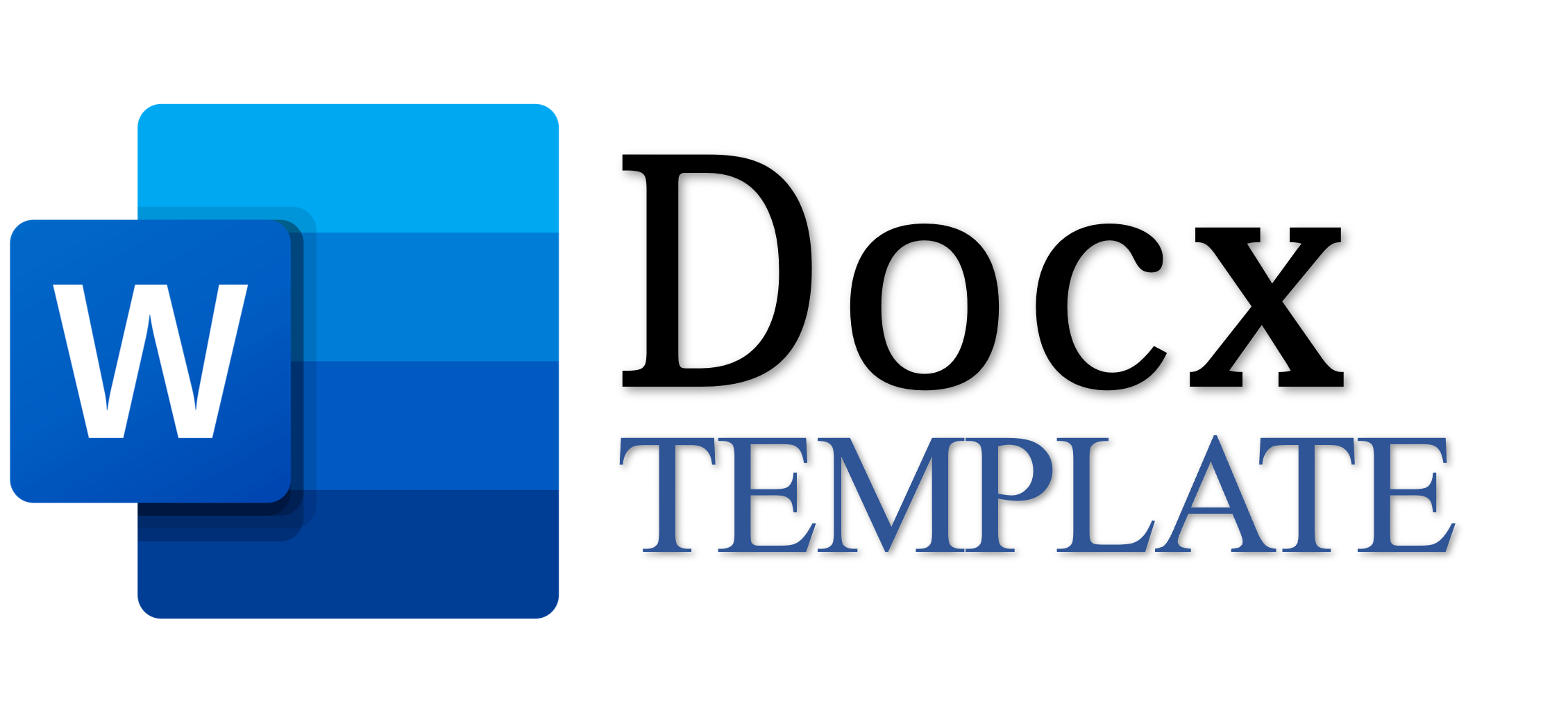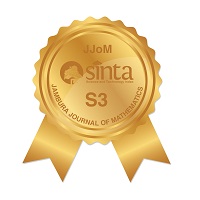Online Submissions
Already have a Username/Password for Jambura Journal of Mathematics?
Go to Login
Need a Username/Password?
Go to Registration
Registration and login are required to submit items online and to check the status of current submissions.
Submission Preparation Checklist
As part of the submission process, authors are required to check off their submission's compliance with all of the following items, and submissions may be returned to authors that do not adhere to these guidelines.
The submission has not been previously published, nor is it before another journal for consideration (or an explanation has been provided in Comments to the Editor).
The submission file is in OpenOffice, Microsoft Word, RTF, PDF, or WordPerfect document file format.
Where available, URLs for the references have been provided.
The text adheres to the stylistic and bibliographic requirements outlined in the Author Guidelines.
- If submitting to a peer-reviewed section of the journal, the instructions in Ensuring a Blind Review have been followed
As part of the submission process, authors are required to check off their submission's compliance with all of the following items, and submissions may be returned to authors that do not adhere to these guidelines.
- The manuscript has not been published at all before or and not considered for publication in another journal.
- Writing must be in accordance with the guidelines of writing a journal article JJoM
- Writing or article in accordance with the template provided.
- Article Processing Charges (APCs)
- Article Processing Charges (APCs): 650000.00 (IDR) or 75.00 (USD)This journal charges the article publication fee for supporting the cost of wide-open access dissemination of research results, managing the various costs associated with handling and editing of the submitted manuscripts, and the Journal management and publication in general, the authors or the author's institution is requested to pay a publication fee for each article accepted. The fee covers:
- DOI registration for each paper.
- Checking the article similarity by Turnitin; the final result will be sent to authors (by request).
- Layout Editing according to template and journal standards.
Copyright Notice
Please find rights and licenses in Jambura Journal of Mathematics. By submitting article manuscripts, the author agrees to this policy. No special documents are required.
1. License
The use of articles will be governed by the Creative Commons Attribution-NonCommercial 4.0 International License (CC BY-NC).
2. Author(s)' Warranties
The author warrants that the article is original, written by the stated author(s), has not been published before, contains no unlawful statements, does not infringe the rights of others, is subject to copyright that is vested exclusively in the author, and free of any third-party rights, and that any necessary written permissions to quote from other sources have been obtained by the author(s).
3. User Rights
Jambura Journal of Mathematics spirit is to disseminate articles published are as free as possible. Under the Creative Commons license, Jambura Journal of Mathematics permits users to copy, distribute, display, and perform the work. Users will also need to attribute authors and Jambura Journal of Mathematics to distributing works in the journal and other media of publications.
4. Rights of Authors
Authors retain all their rights to the published works, such as (but not limited to) the following rights;
- Copyright and other proprietary rights relating to the article, such as patent rights,
- The right to use the substance of the article in own future works, including lectures and books,
- The right to reproduce the article for own purposes,
- The right to enter into separate, additional contractual arrangements for the non-exclusive distribution of the article's published version (e.g., post it to an institutional repository or publish it in a book), with an acknowledgment of its initial publication in this journal (Jambura Journal of Mathematics).
5. Co-Authorship
If the article was jointly prepared by more than one author, any author submitting the manuscript warrants that he/she has been authorized by all co-authors to be agreed on this copyright and license notice (agreement) on their behalf and agrees to inform his/her co-authors of the terms of this policy. Jambura Journal of Mathematics will not be held liable for anything that may arise due to the author(s) internal dispute. Jambura Journal of Mathematics will only communicate with the corresponding author.
6. Royalties
Being an open-accessed journal and disseminating articles for free under the Creative Commons license term mentioned, the author(s) are aware that Jambura Journal of Mathematics entitles the author(s) to no royalties or other fees.
Privacy Statement
The names and email addresses entered in this journal site will be used exclusively for the stated purposes of this journal and will not be made available for any other purpose or to any other party. However, due to the advancement and availability of hacking and data mining techniques found over the Internet, Jambura Journal of Mathematics will not be able to guarantee that other parties will not mine our users' email addresses in any possible ways found over the Internet.



















